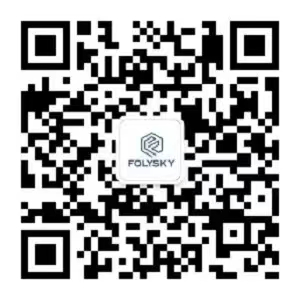 FOLYSKY(WuHan) LTD.
FOLYSKY(WuHan) LTD.
 FOLYSKY(WuHan) LTD.
FOLYSKY(WuHan) LTD.

Slitong has become the forefront of domestic ceramic circuit board manufacturers, its products are excellent, low price, favored by the domestic electronics industry. Slitong's main products are alumina ceramic substrate and aluminum nitride ceramic substrate, because many manufacturers have not used ceramic substrate, today I will tell you about the use of Slitong alumina ceramic substrate precautions.

First of all, we need to understand the characteristics of the Sliitong alumina ceramic substrate: high hardness, high strength, good insulation, but poor toughness, when the urgent cooling and urgent heat prone to crack due to thermal stress. Similar to general brittle materials, the ability of alumina ceramic substrate to withstand compressive stress is much greater than its ability to withstand tensile stress. Therefore, avoiding stress on alumina ceramic substrate is an important aspect to prevent substrate fragmentation.

Alumina ceramic substrate cutting processing is difficult, so generally using a round knife or laser processing. At present, laser processing is generally used in ceramic substrate processing, pulsed laser or continuous laser can be used when cutting holes in laser processing, and pulsed laser is generally used when marking, in order to reduce the thermal impact of laser local heating on ceramic substrate. Since the marking is a line formed by a continuous dense arrangement of point-like pits on the ceramic surface by laser burning, it is convenient to divide into independent small units after packaging.
The circuit material of alumina ceramic substrate is generally sintered by silver paste, which is generally composed of silver powder, glass powder and organic solvent, of which the content of silver powder is about 80%, the content of glass powder is generally not more than 2%, and the rest is organic solvent.
The silver paste forms a circuit on the surface of the alumina ceramic substrate through the screen printing process, and the organic components in the silver paste are discharged through sintering. At the same time, the glass and silver powder are softened, and the silver is bonded to the alumina ceramic plate to form a circuit. Because the substrate is sintered at a high temperature of 850~900 ° C during the processing, the organic components are all decomposed during the sintering process, and the formed circuit only leaves silver elemental and a small amount of glass that cannot be decomposed and discharged, of which the glass mainly plays the purpose of bonding silver on the ceramic substrate. The stability of silver is poor, and it is easily affected by elements such as S element in the air that are easy to react with silver and change color.
Then our considerations have come out:
1, welding line: in the welding line generally need to be heated, and aluminum oxide ceramic substrate because has been laser marking, cutting, aluminum oxide ceramic substrate has defects, so in the thermal shock, aluminum oxide ceramic substrate on the marking, cutting and other places become weak points, when the thermal stress is greater than the strength of the weak point of the substrate, there will be damage to the substrate.
2, fragment size: When the alumina ceramic substrate is processed, it needs to be separated into independent small units. Since the depth of the substrate when marking is basically not more than 50% of the thickness of the substrate, the unmarked part is the bottom of the line as the cracking point when fragmentation is performed. Due to the slight difference in melting of each point when the laser marking, it will lead to a slight deviation in the direction of the split and the vertical Angle of the substrate, so there will be a slight gap between the size of each unit and the theoretical spacing of the line after separation, and the deviation is generally within the range of 0.1~0.15mm.
Countermeasures: In the process of welding the alumina ceramic substrate, it is necessary to preheat the substrate, so that the temperature is relatively uniform in the process of welding from room temperature to avoid the formation of large thermal stress due to excessive temperature difference. Generally, the temperature rise condition of the ceramic substrate temperature is determined according to the actual temperature of the welding wire, environmental welfare and welding process conditions, and the corresponding process parameters are determined by measuring the surface temperature of the substrate at different stages.
When designing the product, the above factors are taken into account, and the scribing size is corrected according to the deviation value of the fragment, so as to ensure the size of each individual unit after the fragment.

Follow us

customer service